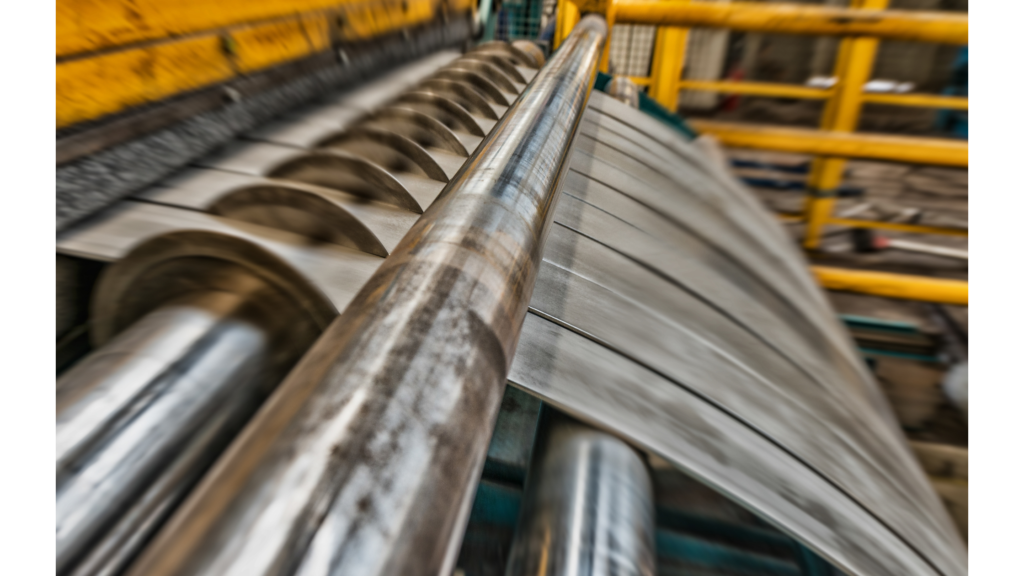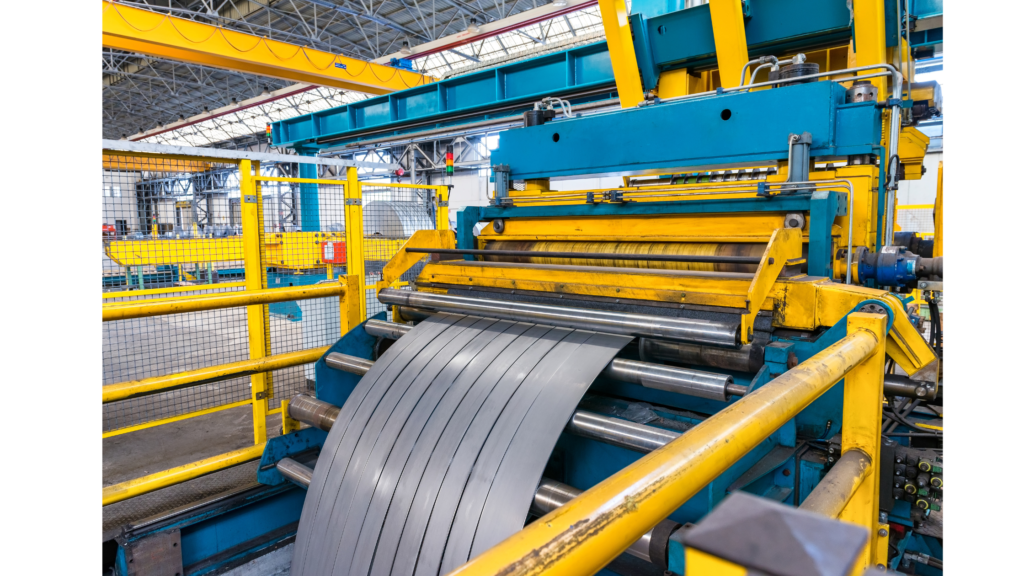Additive Manufacturing: A Game Changer
Additive manufacturing (AM), commonly known as 3D printing, has emerged as a revolutionary technology in stainless steel production. This process involves the layer-by-layer addition of material to create complex and precise components, offering numerous benefits over traditional manufacturing methods.
- Precision and Complexity: Additive manufacturing enables the production of highly intricate and complex geometries that are challenging or impossible to achieve with conventional methods. This precision is particularly beneficial for industries such as aerospace, medical, and automotive, where detailed and customized components are essential.
- Material Efficiency: AM minimizes material waste by building components layer by layer, using only the necessary amount of material. This efficiency not only reduces costs but also contributes to more sustainable production practices.
- Rapid Prototyping: One of the key advantages of additive manufacturing is the ability to quickly produce prototypes. This rapid prototyping accelerates the design and testing phases, allowing manufacturers to bring new products to market faster.
- Customization: AM allows for the customization of stainless steel components to meet specific requirements. This flexibility is invaluable in sectors that demand tailor-made solutions, such as medical implants and specialized industrial tools.

Advanced Alloys and Materials
In addition to additive manufacturing, the development of advanced stainless steel alloys is another significant innovation. These new materials are designed to enhance specific properties such as corrosion resistance, strength, and durability.
- High-Performance Alloys: Researchers are continually developing high-performance stainless steel alloys that offer superior resistance to extreme temperatures, harsh chemicals, and mechanical stress. These alloys are crucial for applications in the energy, aerospace, and marine industries.
- Lightweight Materials: The quest for lighter materials without compromising strength has led to the creation of new stainless steel alloys. These lightweight materials are particularly important in the automotive and aerospace industries, where reducing weight can lead to improved fuel efficiency and performance.
- Enhanced Corrosion Resistance: Advances in alloy composition and treatment processes have resulted in stainless steel grades with exceptional corrosion resistance. These innovations extend the lifespan of stainless steel components in challenging environments, such as offshore oil rigs and chemical processing plants.
Advanced Production Techniques for 310 Stainless Steel Sheets
310 stainless steel, known for its excellent high-temperature properties and corrosion resistance, is widely used in industrial applications such as furnaces, heat exchangers, and oil refinery equipment. Recent innovations in its production have focused on improving both the efficiency and quality of the manufacturing process.
- Laser Welding Techniques: One of the most significant advancements has been the integration of laser welding techniques. This process not only enhances the precision of welding but also reduces the overall production time and costs. Laser welding offers superior control over the welding process, resulting in cleaner welds with minimal distortion, which is crucial for maintaining the integrity of 310 stainless steel sheets in high-stress applications.
- Improved Rolling Processes: The rolling process, which involves shaping the steel by passing it through a series of rollers, has seen substantial improvements. Advanced rolling techniques, including the use of computer-controlled rolling mills, allow for greater precision and consistency in the thickness and surface finish of the stainless steel sheets. These improvements contribute to the overall durability and performance of the final product.
- Enhanced Heat Treatment: Heat treatment is essential for optimizing the mechanical properties of 310 stainless steel. Innovations in heat treatment processes, such as controlled atmosphere furnaces and rapid cooling techniques, have enabled manufacturers to achieve better grain structure and mechanical properties. These advancements ensure that 310 stainless steel sheets meet the stringent requirements of various high-temperature applications.



Sustainable Manufacturing Practices
Sustainability is a growing priority in stainless steel production, and innovative practices are being adopted to minimize environmental impact.
- Energy Efficiency: Modern stainless steel production processes are designed to be more energy-efficient. Techniques such as electric arc furnace (EAF) steelmaking and the use of renewable energy sources are reducing the carbon footprint of stainless steel manufacturing.
- Recycling and Waste Reduction: Stainless steel is inherently recyclable, and advancements in recycling processes are further enhancing its sustainability. Efficient recycling not only conserves natural resources but also reduces energy consumption and greenhouse gas emissions.
- Eco-Friendly Coatings: The development of eco-friendly coatings and surface treatments is helping to improve the environmental performance of stainless steel products. These coatings enhance properties such as corrosion resistance and longevity while minimizing the use of harmful chemicals.
Conclusion
The ongoing innovations and developments in stainless steel production are paving the way for a future where stainless steel components are stronger, lighter, more efficient, and more sustainable. Additive manufacturing, advanced alloys, laser welding techniques, improved rolling processes, optimized heat treatments, and a focus on energy efficiency and material utilization are transforming the industry. These advancements ensure that stainless steel products continue to meet the demanding requirements of modern industrial applications, from aerospace and automotive to medical and energy sectors.
As technology continues to evolve, we can expect even greater breakthroughs that will further expand the capabilities and applications of stainless steel. For more detailed insights into these innovations, you can explore the original articles from Sangeeta Metal here and from Medium here.

